William Larue Weller Bourbon bottled 2010
La Creme du Bourbon "Wheated"
0 1296
 Review by @Victor
Review by @Victor
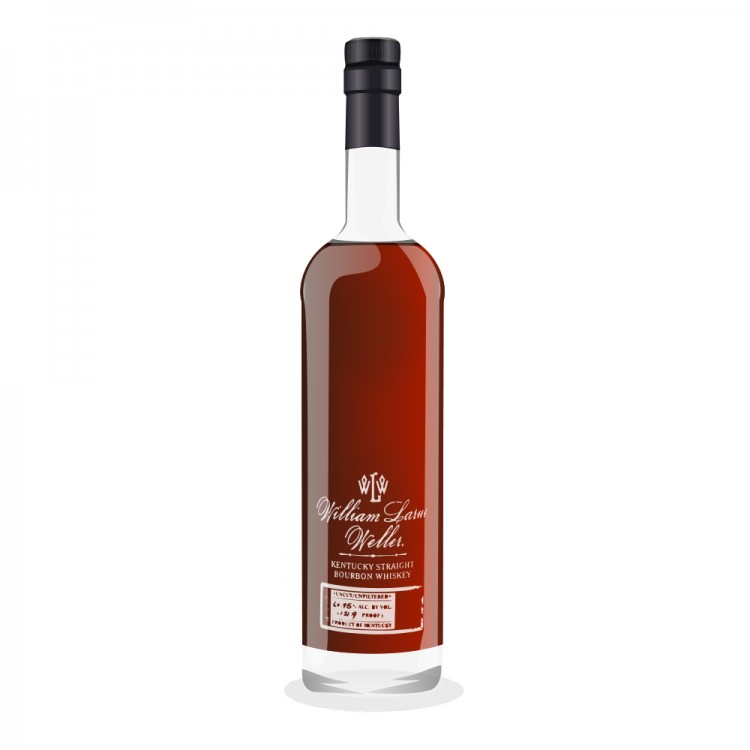
- Nose24
- Taste24
- Finish24
- Balance24
- Overall96
Show rating data charts
Distribution of ratings for this:
- Brand: W. L. Weller
- Type: American
- ABV: 63.3%
William Larue Weller is one of the five whiskeys released each fall in the Sazerac Antiquities Collection. It is a bourbon containing wheat in the mashbill instead of rye, together with the mandatory 51% minimum corn content and the usually assumed 10% or so malted barley valuable for the enzyme content. Wheated bourbons comprise perhaps 5% of all bourbons, the rest getting their flavours primarily from the grain rye, plus the wood flavours. Wheat does have a stronger flavour than corn, so that is what you will taste in a wheated bourbon, along with the wood flavours. The sample being reviewed was released in the fall of 2010. This whiskey is released at barrel proof. There is no age statement on the bottle
Nose: wheat, oak, maple, honey, vanilla, caramel. This is fairly strong intensity in the nose, and a much stronger nose than most wheated bourbons would present
Taste: Giant intense exploding flavours of wheat, oak, maple, vanilla, and a little sweet orange. Delicious. The wheat here is spicy, in similar manner to the way that rye is spicy
Finish: This just lasts and lasts on the tongue leaving the taste buds writhing in ecstasy
Balance: William Larue Weller redefines the possibilies of wheated bourbon. This is high test knock your socks off kind of powerful flavour, the sort of thing that is usually left to rye grain, intense peat, or intense sherry to provide. This whiskey has a balance that employs many intense bass notes from the wood to accompany the more high and middle notes from the wheat. In this case it also seems that some of the bass notes actually taste like they came from wheat. This is highly unusual to taste bass notes from wheat, and I have not seen it from any other label of wheated bourbon. This is phenomenal whiskey, and one of my top 5 favourites
Find where to buy W. L. Weller whisky
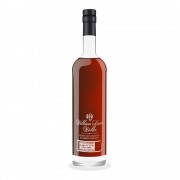
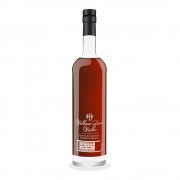
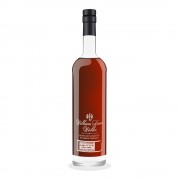
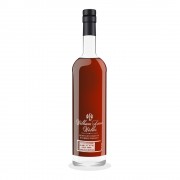



And: J.Murray's 2011 "Third Finest Whiskey in the World".